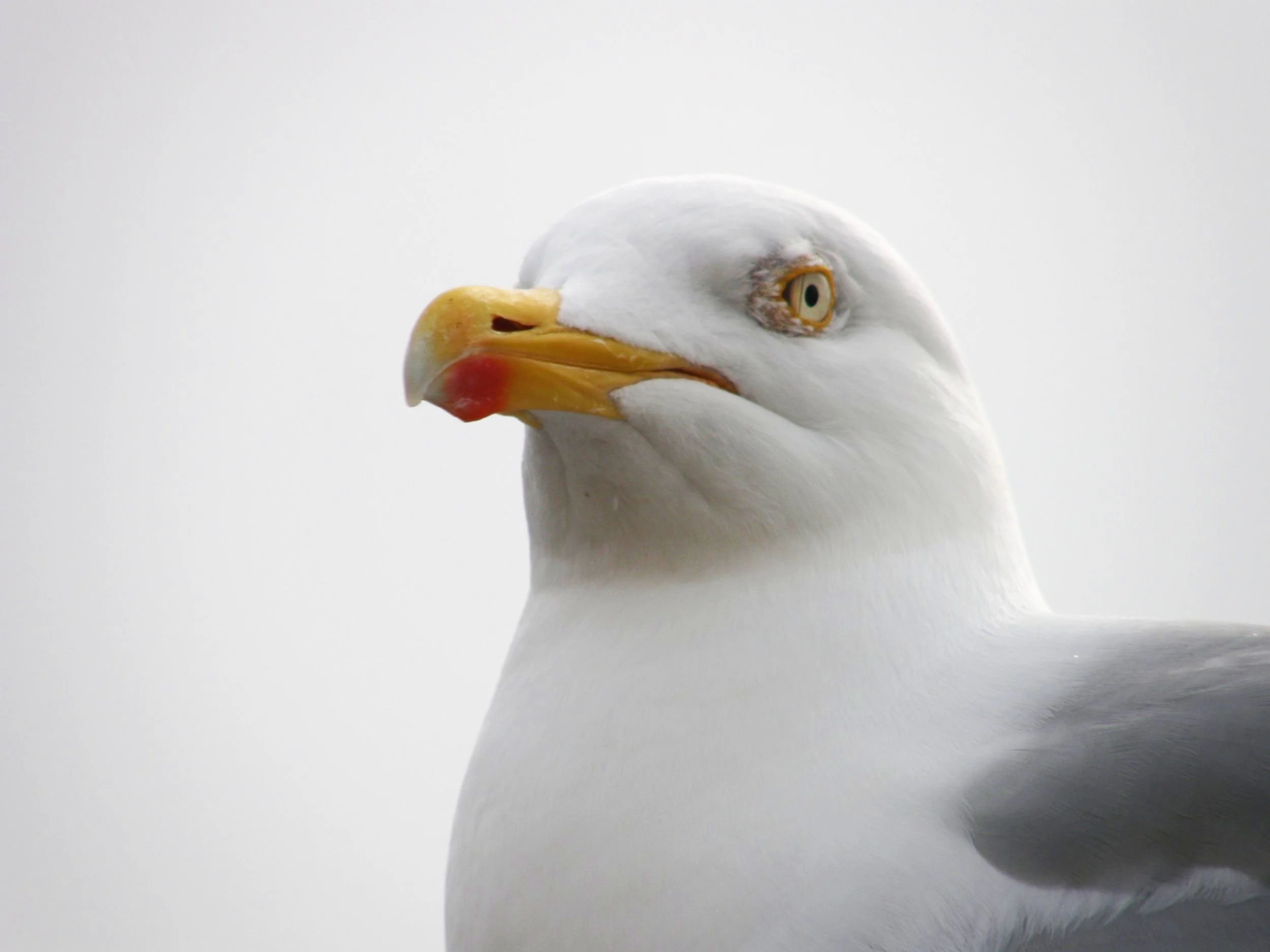Research Paper
Partial Niche Partitioning in Three Sympatric Gull Species Through Foraging Areas and Habitat Selection
A new study co-authored by Dr Elizabeth Masden, Research Fellow at the Environmental Research Institute (ERI), has been published in the journal Ecology and Evolution. The research explores how closely related gull species adapt to changing environments, with implications for biodiversity conservation and managing human–wildlife conflict.
The paper, titled Partial Niche Partitioning in Three Sympatric Gull Species Through Foraging Areas and Habitat Selection, was led by Dr Nina O’Hanlon (British Trust for Ornithology.) and included contributions from an international team of researchers, including two former ERI PhD students, Dr Daniel Johnston and Dr Samuel Langlois Lopez. The study focused on Lesser Black-backed, Herring, and Great Black-backed Gulls, all breeding within the same colony in Scotland.
Using GPS tracking data, the researchers analysed the gulls’ foraging ranges and habitat preferences. While there was considerable overlap in habitat use, the results revealed partial niche partitioning. Lesser Black-backed Gulls had notably larger foraging ranges and frequently used agricultural areas, whereas Herring and Great Black-backed Gulls showed stronger preferences for coastal and landfill sites.
At the individual level, only a subset of birds accounted for the use of urban, landfill, and harbour habitats—highlighting behavioural diversity within each species. The findings suggest that further habitat degradation or human disturbance could increase competition and amplify conflict with people, particularly in areas where management or control is already in place.
The study was supported by the Scottish Government, the UK Department for Energy Security and Net Zero, and NatureScot.
📄 Read the full paper here: https://doi.org/10.1002/ece3.71577
Photo by Neil James


